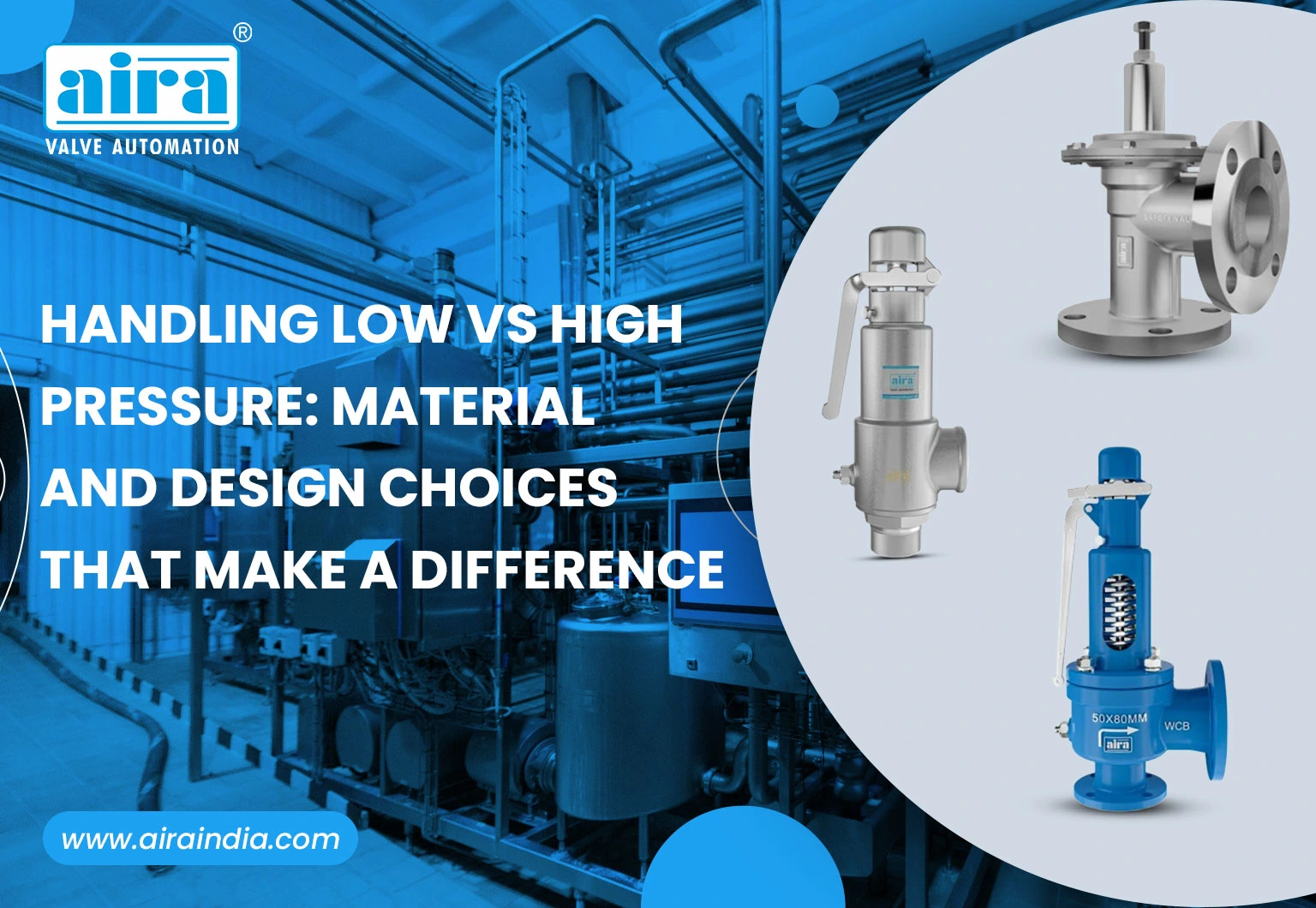An industrial system often works under diverse pressure conditions, from low-pressure water lines to high-pressure steam and gas pipelines. These pressure levels can cause severe risk from any imbalance, wearing quick equipment, or expensive downtime.
To maintain the security of operations and efficiency, it becomes necessary to regulate and control these pressure variations effectively. A PRV valve, which is also known as a pressure relief valve, plays an important role in protecting pipelines and equipment by releasing additional pressure and ensuring secure, uninterrupted performance in various applications.
Challenges of Low-Pressure Applications
The management of pressure in low-pressure systems comes with its own set of challenges. A low-pressure PRV should also maintain high sensitivity for the smallest pressure difference changes, which can be difficult to get without advanced engineering. It is important to use light material to ensure accurate spring calibration and accuracy, and accountability.
For such applications, designs such as PRV valves, spring-loaded or pilot-assisted models are commonly used to give reliable control. These pressure control valves are ideal for important systems such as cold water networks, HVAC setups, and low-pressure chemical processes, where stability and safety are necessary for smooth operation.
Material Choices That Impact Performance
The effectiveness of a PRV valve depends on the right valve material selection. In low-pressure applications, light metals or corrosion-resistant plastics are preferred to maintain sensitivity and accountability. For high-pressure conditions, stronger materials such as stainless steel, carbon steel, or special alloys ensure the necessary strength and durability to withstand extreme forces.
Additionally, seats and seal materials like PTFE, EPDM, or Witon are selected on the basis of media compatibility to prevent leaks and expand service life. It is important to select the right material for any industrial PRV, as it directly affects reliability, security, and long-term performance.
Design Factors That Improve Responsiveness
The accountability of a PRV valve depends on several design factors, including spring stiffness, diaphragm shape, and valve geometry. In low-pressure systems, a responsible PRV requires minimal opening force to react quickly to minor changes, while high-pressure applications demand strong springs and strong activation to handle acute forces.
Also read, How Direct Actuated Designs Improve Responsiveness Under Varying Inlet Pressures
Modern pressure relief valve design can be integrated with automatic monitoring or flow control systems to further increase the exactness and reliability. Choosing Engineer PRV for specific pressure boundaries ensures optimal performance, system protection, and coherent operation in various industrial environments.
Choosing the Right PRV for Your System
It is necessary to select the right PRV valve to ensure safe and efficient operation. The option should be based on operating pressure, media types, and specific security requirements. Equally important factors are valve material selection, compliance with industry standards, ease of maintenance, and providing long-term reliability.
A well-chosen Industrial PRV not only provides effective pressure protection valve functionality but also reduces downtime, prevents expensive equipment damage, and expands service life. By investing in the right PRV, the industry can get optimal performance by protecting both equipment and the workforce.
Maintenance Tips to Ensure Long-Term Safety
An appropriately maintained PRV valve is important to ensure long-term security and reliability. Spring stress, diaphragm, and seal regular inspections help to catch wear before it leads to failure. Both low and high pressure conditions confirm the test’s accurate performance, while cleaning and renovation prevent gradual efficiency loss.
Constant monitoring is equally important to avoid unexpected breakdowns. To ensure frequent operations, industries must always rely on certified pressure relief valves, designed and tested to meet strict quality and safety standards.
Conclusion
The correct combination of material and design ensures that PRV valves perform firmly under both low and high pressure conditions. By selecting a well-engineered pressure relief valve, the industry can increase safety, improve system reliability, and equipment can expand the life.
Aira Euro Automation offers reliable solutions to suit various applications, which help industries to achieve long-term efficiency and safety.
